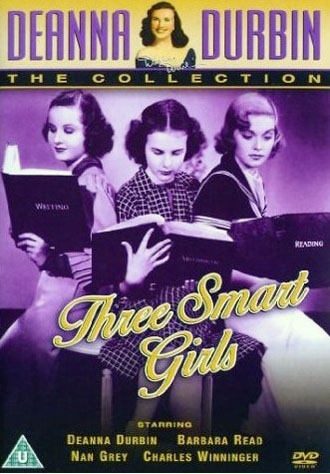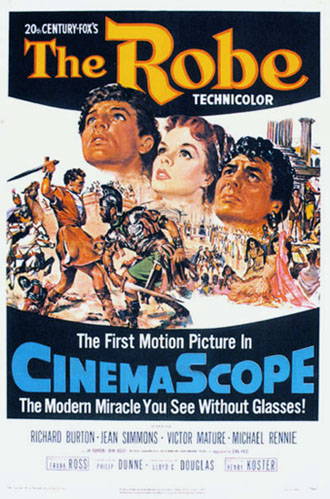Henry Koster
Today, one man's life in the movies. The University of Houston's College of Engineering presents this series about the machines that make our civilization run, and the people whose ingenuity created them.
I recently presented the old Jimmy Stewart movie No Highway in the Sky at our Houston Art Museum. Along the way, I learned about its director, Henry Koster. I hadn't realized that my first exposure to Koster had been during WW-II. I was taking high school German and our teacher took us off to see a 1934 German movie, Polandblut, which turned out to be blatant Nazi propaganda.
I didn't understand enough German to follow the dialog, but the images were enough -- Teutonic, Wagnerian German heroes and primitive Polish peasants. Even at 13, I was revolted by the whole business. I'm pretty sure our teacher was blindsided by it.
Polandblut was based on an operetta that'd tried to express a historic German claim on the lands of Poland. And, sure enough, a very young Koster had been hired to write the script, though he doesn't mention it in his biography. Small wonder -- Koster was Jewish!
The same year Polandblut came out -- 1934 -- Koster went to a bank to make a withdrawal. When he did, a German soldier hassled him for being Jewish. Koster's temper flared. A shouting match and scuffle followed. Koster knew he was a dead man if he stayed; so he fled to the train station and got out of the country.
Koster, who'd gone from contract script-writing to directing, by then, found his way to America. Through connections, he got a directing job at the then-struggling Universal Studios. His first movie, the musical comedy Three Smart Girls, was a big success. Koster saved Universal.
Diana Durbin, then a 14-year-old ingénue, was in the movie, and Koster, who didn't yet speak English, coached her. Soon after, it was Koster who discovered Abbot and Costello in a New York Nightclub. He got them their first movie, One Night in the Tropics -- where they first did their famous Who's on First? routine in film.
Koster didn't direct that one but he met an actress in it -- Peggy Moran. They married after Koster promised she'd appear in every movie he made. Well, Moran was pregnant in her last movie, King of the Cowboys, with Roy Rogers. After that she quit acting. So how did Koster keep his promise as he went on to make Harvey, Flower Drum Song, and more? With statuary -- for his famous movie The Robe, he commissioned a bust of Moran for the Roman villa scenes. And the two were still married when Koster died in 1988.
The more I look at Koster's life, the more gentle selflessness emerges. During much of WW-II, viewed as an enemy alien and restricted to his house, he'd play chess with Charles Laughton in the evenings. He never won an Oscar for himself, but he directed six Oscar-winning performances. After his last movie, The Singing Nun, 61-year-old Koster retired to become a painter.
He spent the rest of his life doing portraits of stars he'd worked with. And we realize that his movie making wasn't about fame and money. It'd always been about the people, the fun of it -- it'd been about the process. No wonder he gave us so much good movie watching.
I'm John Lienhard, at the University of Houston, where we're interested in the way inventive minds work.
Henry Koster: Interviewed by Irene Kahn Atkins. (Metuchen, NJ: The Directors Guild of America and the Scarecrow Press, Inc., 1987).
See also, the Wikipedia biography of Koster.
To watch any of several versions of the Abott and Costello Who's on First routine, Click Here.

Koster's first American movie

Possibly Koster's most famous movie